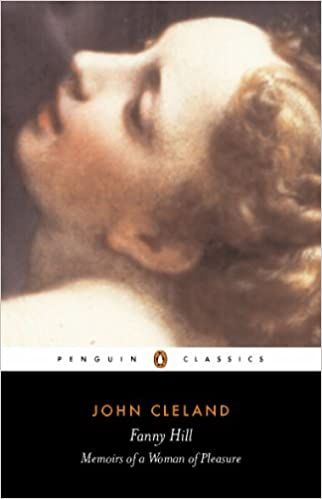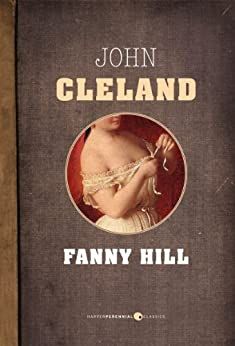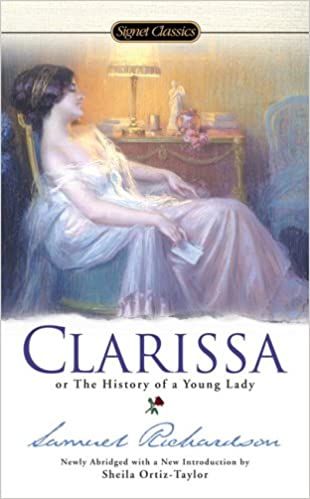What follows is an account of who Fanny Hill was and what the publishing of this work has meant for the history of erotic literature. It’s also one of the first books to be banned, leading to the formalization of laws around what is considered pornography and not. These laws were what guided the trials of works of literature to come like Lady Chatterley’s Lover. Fanny Hill is considered the first prose erotica written in English and the first erotic work produced in novel form, but it also remains one of the most banned books in history, and the subject of a number of historically significant obscenity trials. It has only been legally available in America since 1966 and the UK since 1970. There is a very limited range of sexual acts described and the most interesting moment is the narrator’s shock when a man and a woman actually undress, as most of the sex described involves euphemisms and loosening and tightening of clothes at strategic points. In 1959, persuaded by the Society of Authors, parliament passed a new Obscene Publications Act with the intention of protecting literature and tightening the criteria around what was considered pornography. Even though the act in itself proved unhelpful in initially getting books like Lady Chatterly’s Lover and Fanny Hill on shelves, it proposed an important change. It deemed that the obscenity of a work would not be judged solely on the basis of out of context passages that might seem obscene, but rather the book’s contribution as a whole for the people likely to read them. This was the first step that led to further formalization of laws around obscenity. This novel kept getting banned until 1973 in the United States; it was the introduction of the Miller test which finally lifted its banning. The Miller test is a three prong obscenity tested used in the United States Supreme Court to determine if something should be labelled as obscene. The work is considered obscene if all three conditions are satisfied: (a) Whether “the average person, applying contemporary community standards” would find that the work, taken as a whole, appeals to the prurient interest(b) Whether the work depicts or describes, in a patently offensive way, sexual conduct specifically defined by the applicable state law(c) Whether the work, taken as a whole, lacks serious literary, artistic, political, or scientific value. The ban was lifted because Fanny Hill: Memoirs of a Woman of Pleasure was found to be of literary and artistic value. Fanny was defended as an “empiricist,” one who proves “extremely curious about life.” It is in satiating this curiosity that it was proven that Fanny Hill would continue to provide information about the 18th century and would continue to be an important historical work. Coincidentally, the lifting of the ban was also a time of sexual awakening in the 1970s America. Allowing Fanny Hill to take its place in the same literary historical moment as Samuel Richardson’s Clarissa (1747–1748), and Henry Fielding’s Tom Jones (1749). To understand how the small changes to laws and perceptions led the way to Fanny Hill being widely distributed and published is to understand the significance of reading literature critically and leaving room for tolerance for where you find yourself in disagreement. As Geoffrey Robertson says in his piece on the Lady Chatterly trial, “The damage that gets attributed to books — and to plays and movies and cartoons — is caused by the actions of people who try to suppress them.” Whether you choose to pick up Fanny Hill or not, it’s cultural value cannot be looked away from. If you are looking for more accounts of how other works have become parts of the literary canon, then head on over to Lady Chatterley’s Lover‘s history next. Another reason why this remains a relevant work today is because of its story of inception: the journey from publishing to censorship, it is clear to see that these trends live on. A woman’s pleasure is largely ignored, and if it does make it to the market, is wildly censored.



